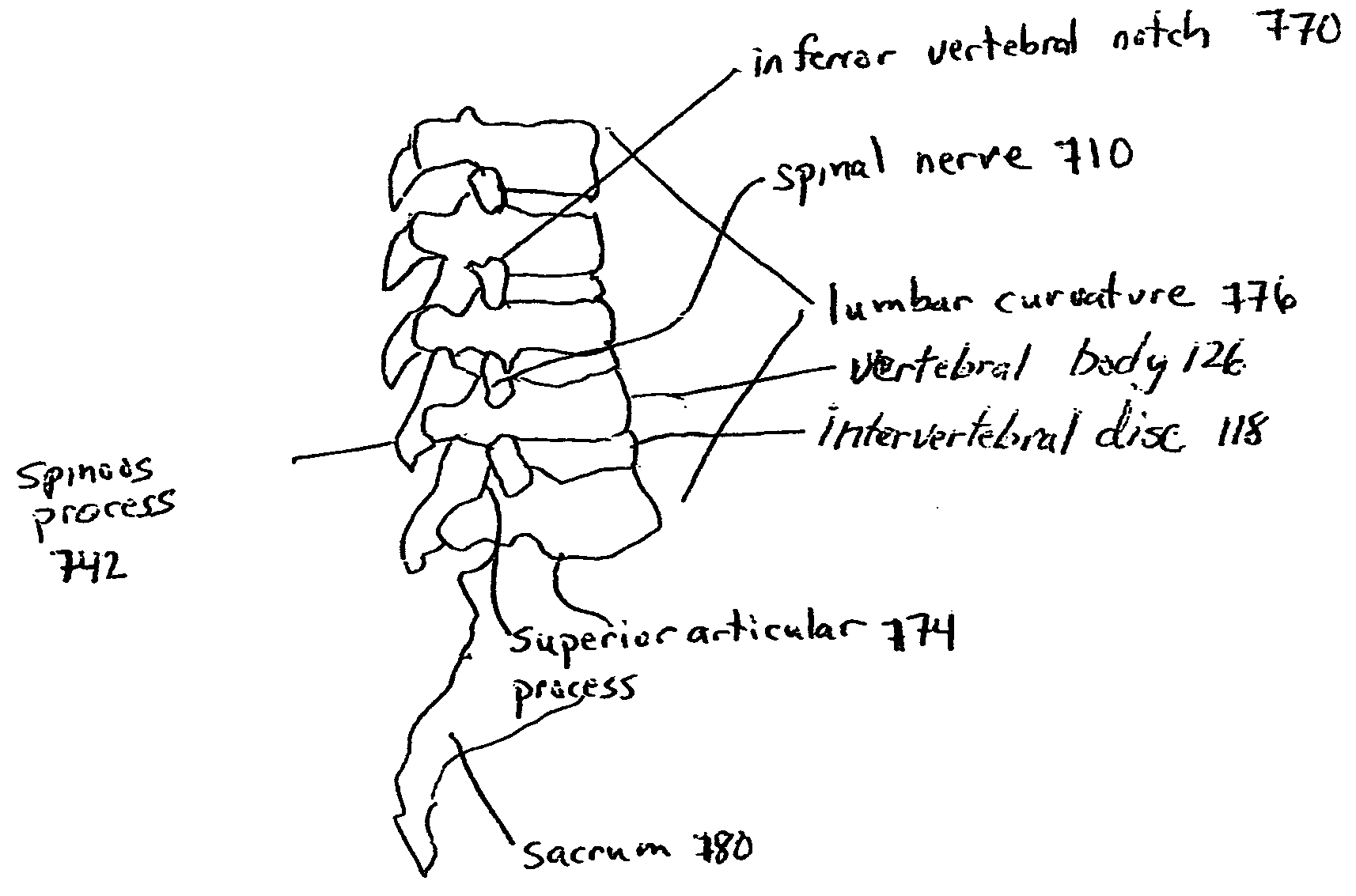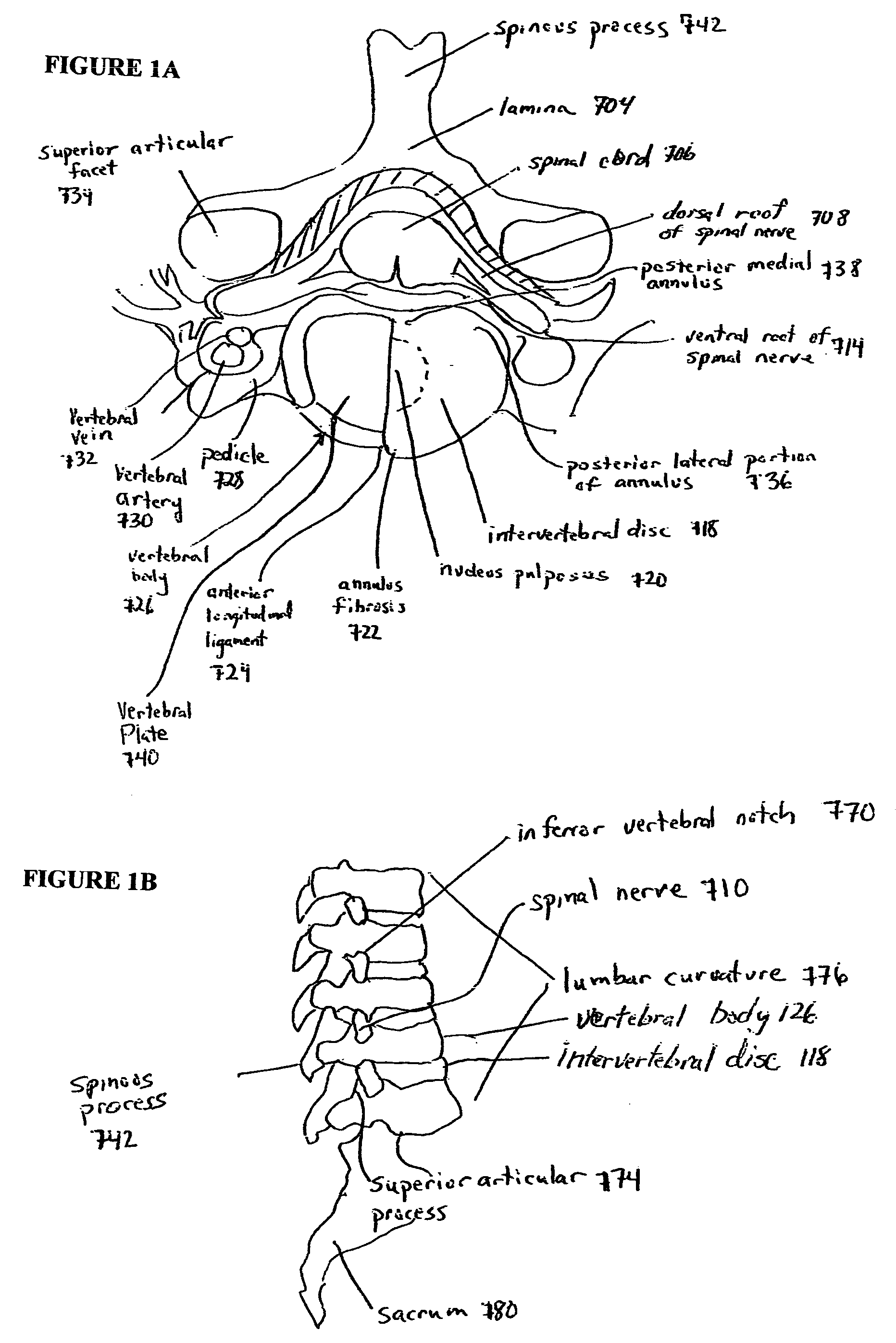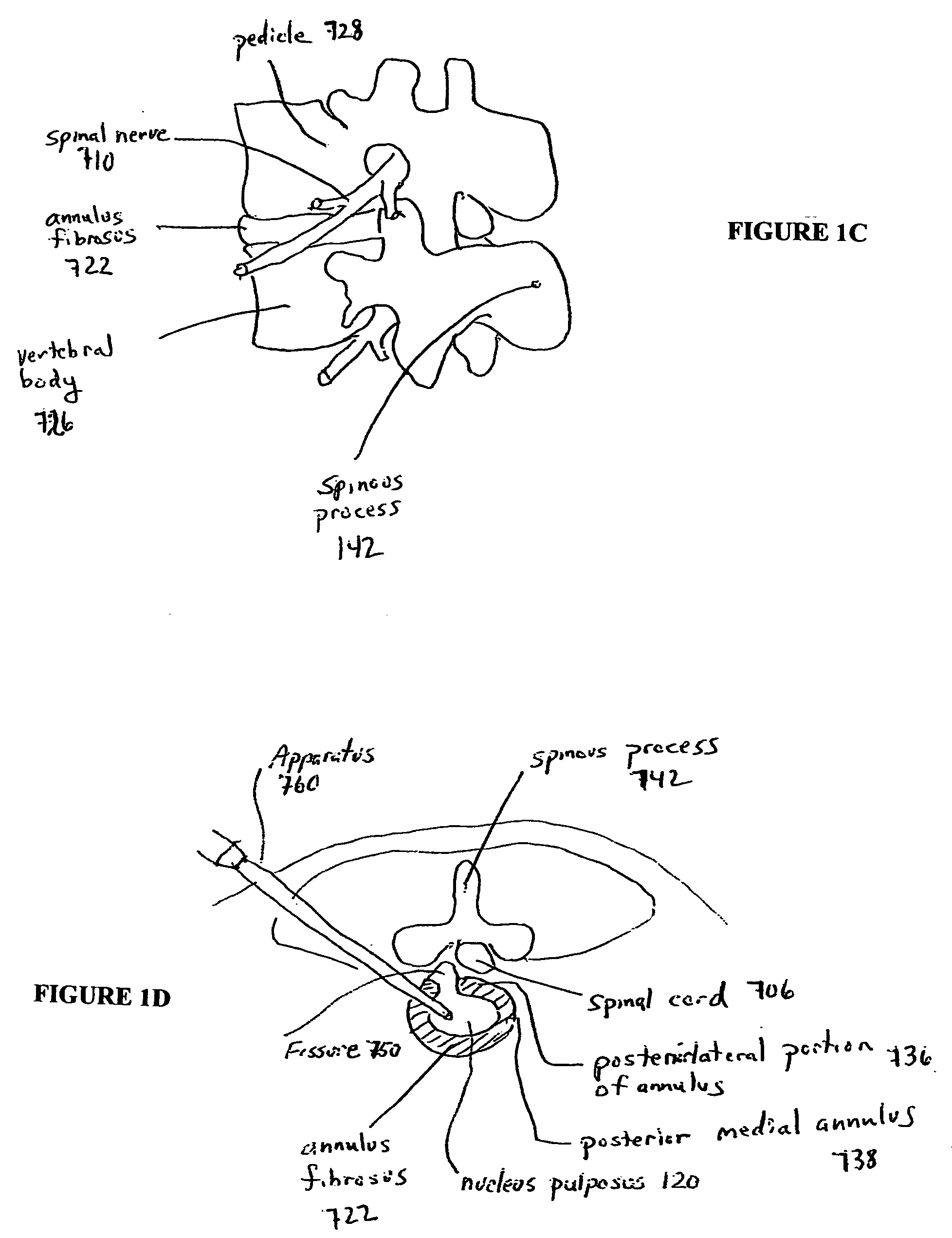Devices and methods for spine repair
a technology for intervertebral discs and devices, applied in the field of spine repair, can solve the problems that none of the techniques or devices described above are entirely satisfactory for providing percutaneous or open therapy to damaged spinal discs, and achieve the effects of facilitating filling operations, strengthening intervertebral space, and enhancing filling of intervertebral spa
- Summary
- Abstract
- Description
- Claims
- Application Information
AI Technical Summary
Benefits of technology
Problems solved by technology
Method used
Image
Examples
example 3
[0140] A tri-functional polyether polyol was formed by reacting a PE / PO 80:20 random copolymer having an average MW of 2600 (30-20%) and polyethylene glycol of 1000 MW (30-50%) with IPDI (23-39%) and trimethylolpropane (1-5%) to obtain a NCO-terminated hydrophilic prepolymer having a free NCO content of 1.5%.
example 4
[0141] A tri-functional polyether polyol was formed by reacting a PE / PO 80:20 random copolymer having an average MW of 2600 (30-20%) and polyethylene glycol of 1000 MW (30-50%) with BASF Luparnate T80-1 (80:20 2,4- and 2,6-toluenediisocyanate) (23-39%) and trimethylolpropane (1-5%) to obtain a NCO-terminated hydrophilic prepolymer having a free NCO content of 1.5%.
example 5
[0142] A tri-functional polyether polyol was formed by reacting a PE / PO 80:20 random copolymer having an average MW of 2600 (5-10%) and polyethylene glycol of 1000 MW (45-70%) with BASF Luparnate T80-1 (80:20 2,4- and 2,6-toluenediisocyanate) (23-39%) and trimethylolpropane (1-5%) to obtain a NCO-terminated hydrophilic prepolymer having a free NCO content of 1.5%.
[0143] Example 6: A tri-functional polyether polyol Veranol CP 1421 average MW of 1421 was reacted with BASF Luparnate T80-1 (80:20 2,4- and 2,6-toluenediisocyanate) (23-39%) to obtain a NCO-terminated hydrophilic prepolymer having a free NCO content of 3.1%.
PUM
 Login to View More
Login to View More Abstract
Description
Claims
Application Information
 Login to View More
Login to View More - R&D
- Intellectual Property
- Life Sciences
- Materials
- Tech Scout
- Unparalleled Data Quality
- Higher Quality Content
- 60% Fewer Hallucinations
Browse by: Latest US Patents, China's latest patents, Technical Efficacy Thesaurus, Application Domain, Technology Topic, Popular Technical Reports.
© 2025 PatSnap. All rights reserved.Legal|Privacy policy|Modern Slavery Act Transparency Statement|Sitemap|About US| Contact US: help@patsnap.com



